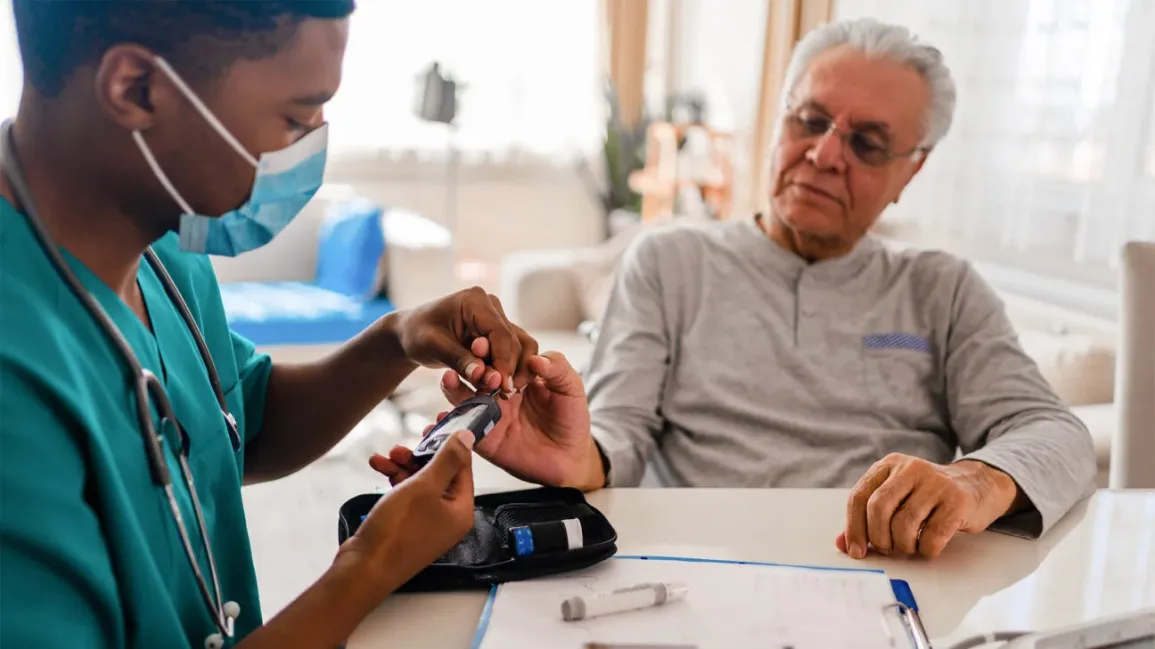Introduction: Undiagnosed Diabetes in Young Adults
Recent research highlights the importance of global diabetes diagnosis statistics, showing that nearly half of adults with diabetes worldwide are undiagnosed. These statistics reveal critical gaps in awareness, screening, and early detection, particularly among younger adults, and underscore the urgent need for public health interventions. Understanding these trends is essential for preventing long-term complications and improving outcomes for people living with diabetes.
Global Statistics on Undiagnosed Diabetes
Recent research analyzing data from 204 countries between 2000 and 2023 found that 44% of people aged 15 and older with diabetes are undiagnosed. Awareness varies widely by age and geography: younger adults are much less likely to know they have diabetes, and low- and middle-income countries generally report higher rates of undiagnosed cases than high-income nations. Global diabetes diagnosis statistics.

Why Young Adults Often Remain Undiagnosed
Young adults are less frequently screened for diabetes compared to older populations. Only 20% of young adults with diabetes are aware of their condition, according to global data. Because early diabetes often presents with few or no symptoms, many people remain unaware until complications arise, which are more common in older adults.
Symptoms to Watch For
Although diabetes can be silent in its early stages, common warning signs include:
- Frequent urination and increased thirst
- Blurry vision
- Unexpected weight loss
- Fatigue
Anyone experiencing these symptoms, or with a family history of diabetes, should consider a glucose screening. Early diagnosis allows for timely management and reduces the risk of serious health complications.
The Importance of Early Diagnosis and Treatment
Diagnosing diabetes early enables effective management through lifestyle changes, medication, and regular monitoring. Studies indicate that only 40% of treated patients achieve optimal blood sugar control, highlighting the need for better follow-up and adherence to treatment.
Undiagnosed diabetes is also linked with other health conditions, such as hypertension and chronic kidney disease, which can complicate treatment further. Addressing blood sugar early can prevent these comorbidities and improve long-term health outcomes.

Preventing Diabetes: Lessons from Global Diagnosis Statistics
While type 1 diabetes cannot currently be prevented, type 2 diabetes can often be avoided through lifestyle interventions:
- Balanced diet: Emphasize fruits, vegetables, whole grains, and lean proteins. Limit red, processed, and ultraprocessed foods.
- Regular physical activity: Walking, jogging, cycling, or any activity for at least 15 minutes daily can reduce risk.
- Weight management: Maintaining a healthy body weight helps regulate blood sugar and prevent insulin resistance.




